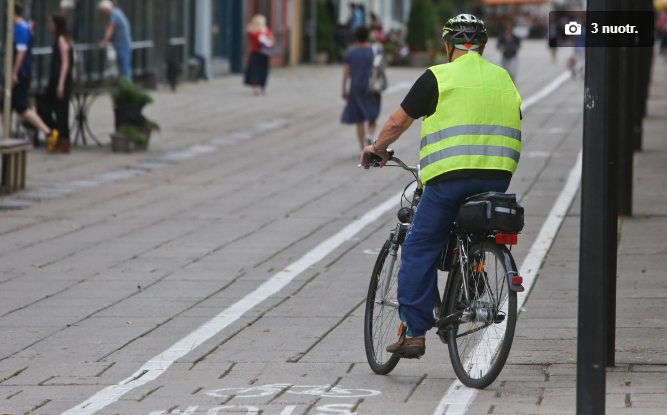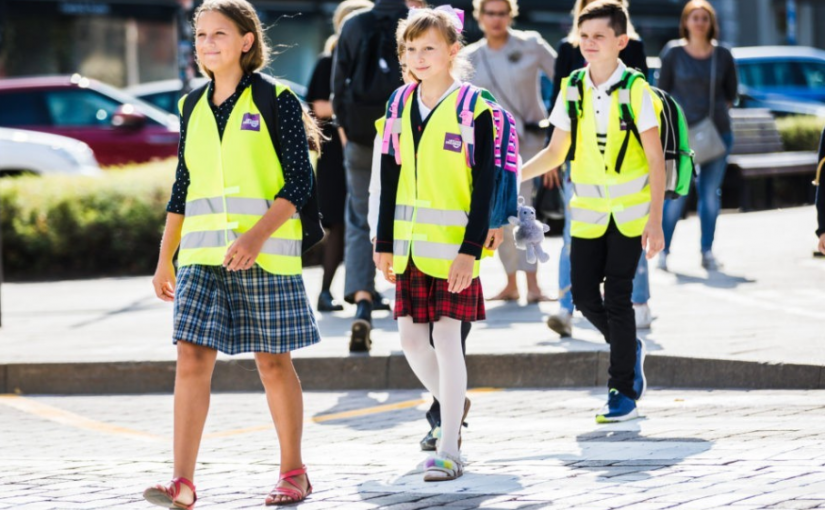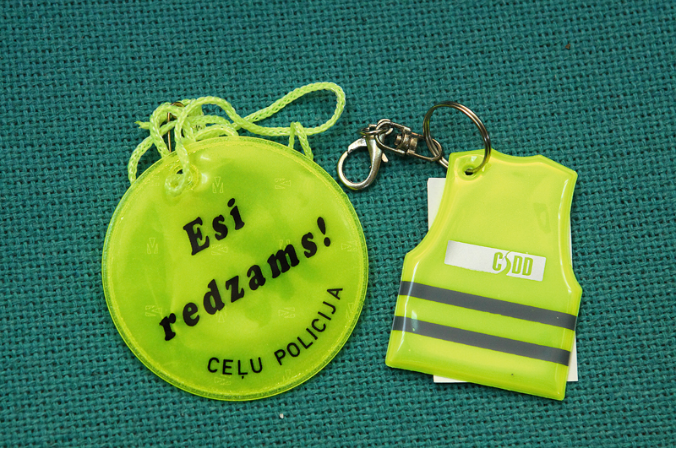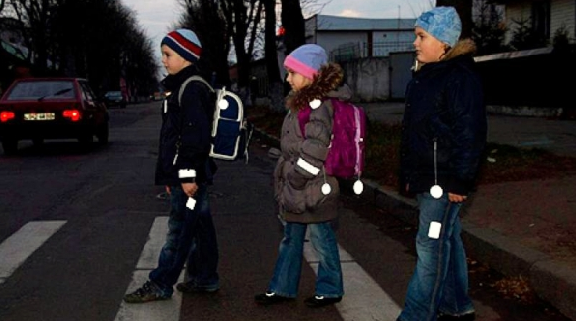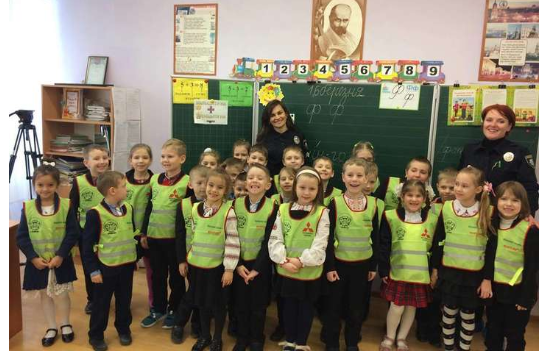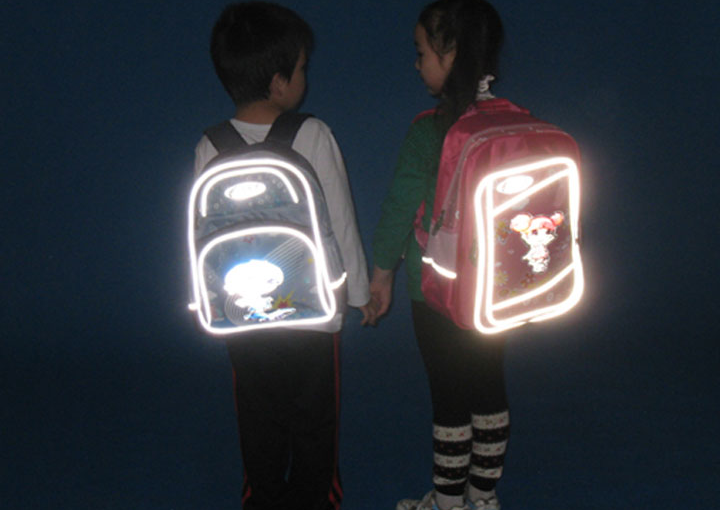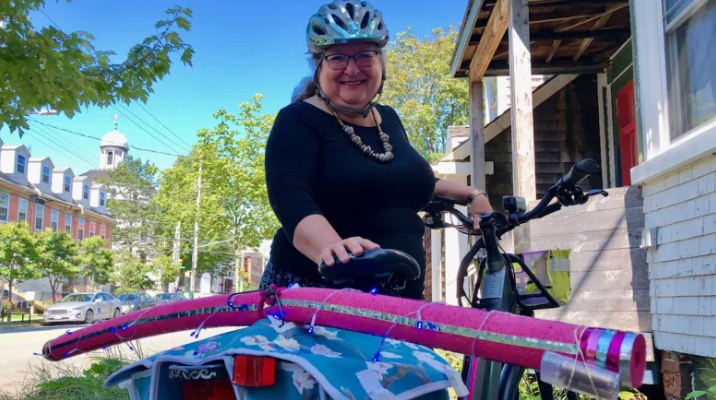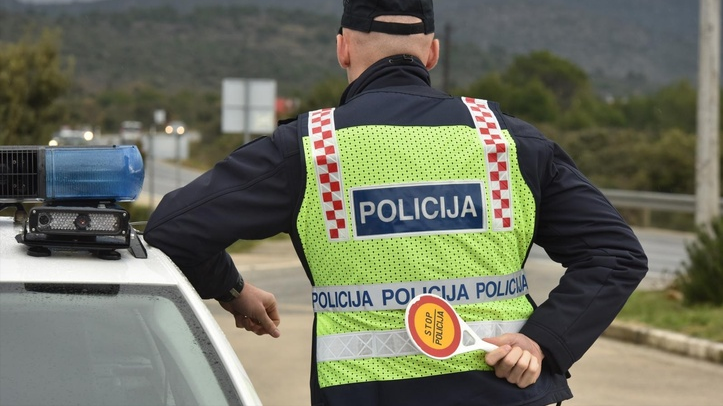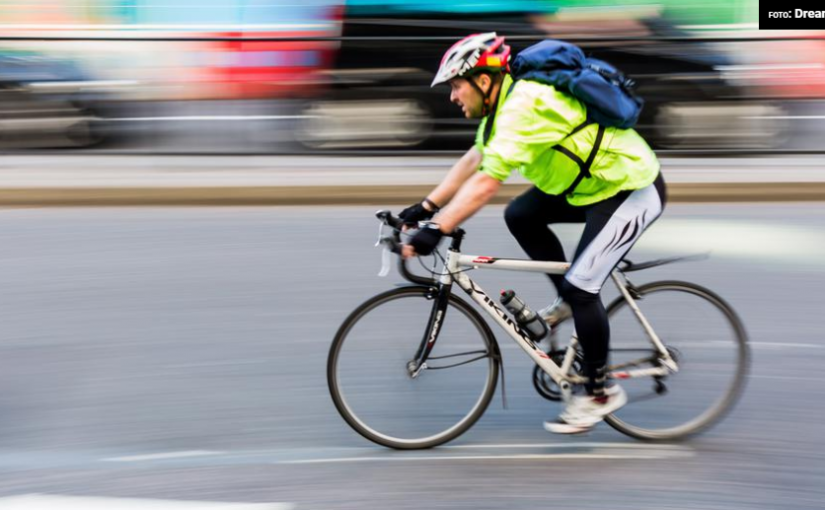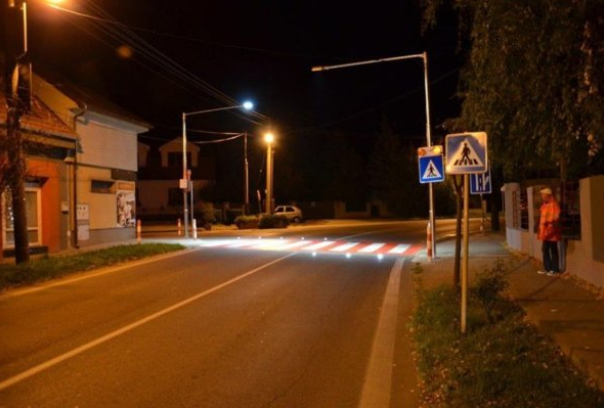It is an old year and many today will embark on a trip, visiting family, organized New Year’s Eve, and some people will go further, whether at home or abroad. Also, last-minute shopping can cause additional stress, resulting in a lack of concentration and nervousness in traffic, with traffic jams in shopping malls.
Also, increased traffic and congestion are expected on all major thoroughfares, as well as at border crossings.
Unfortunately, in the Old Year last year and the first hours of New 2018, we recorded an increase in the number of traffic accidents involving fatalities, more specifically in four road accidents five people were killed.
For this reason, we would like to remind you of the tips for drivers, which we always repeat during the holidays when there are crowds and congestion:
Don’t rush, take the time and go on a journey sooner rather than cause a traffic accident,
Prepare your vehicle and yourself for the journey, especially if you are going for the long haul,
Get up-to-date on road conditions and traffic flow, as well as weather conditions that may affect you while traveling,
Observe traffic rules and regulations, do not initiate risky vehicle actions (e.g., off-peak traffic, vehicle column overtaking),
Adjust the speed to the road conditions and keep to its limits,
Keep the distance you need when moving behind another vehicle,
Pass pedestrians and exercise caution and slow down when approaching pedestrian crossings.
Tips for drivers who have consumed alcohol:
Leave your car parked properly and walk away – it will benefit you and you will not endanger anyone,
Use public transit,
Use taxi services because it will be far safer and cheaper,
If you are in the company, arrange in advance who will stay sober and drive back,
Ask someone sober to drive you,
Do not sit behind the wheel for at least 24 hours after drinking a large amount of alcohol,
While driving under the influence of alcohol, you are not only endangering yourself but also other road users,
On nights of high risk (weekend), drive slower and more cautiously, whether you drink or not,
Remember that no reason is warranted for operating a vehicle under the influence of alcohol.
In addition to the driver, we also have some tips for pedestrians and cyclists:
Specifically, in winter, when days are shorter and visibility is often reduced due to weather conditions (fog, cloudy, precipitation), pedestrians are more difficult to spot for drivers.
Therefore, we advise everyone, especially older pedestrians, to wear lighter clothing or at least one garment in a lighter color to increase their visibility and thus directly affect their traffic safety. In addition to lighter clothing, we also recommend the use of reflective details (reflective vests, reflective hand straps with reflective tapes or socks) for both pedestrians and cyclists, whose visibility is also reduced in the winter. Bicycle traffic has declined during the winter, however, a significant number of people continue to use it as a means of transport, which is why unlighted bikes and cyclists without reflective clothing are at increased risk of road traffic accidents.
The police have acted intensely throughout December, which will continue today, as well as throughout this week, and will focus its activities on preventing and sanctioning the most serious offenses, in particular, the so-called “offenses”. The “four major traffic killers” (alcohol, speed, seat belt, and cellphone) and, according to repeat offenders, repeat offenders.
In addition to the police, motorists, like all other road users, with their responsible behavior, can also contribute to increasing the level of road safety.
